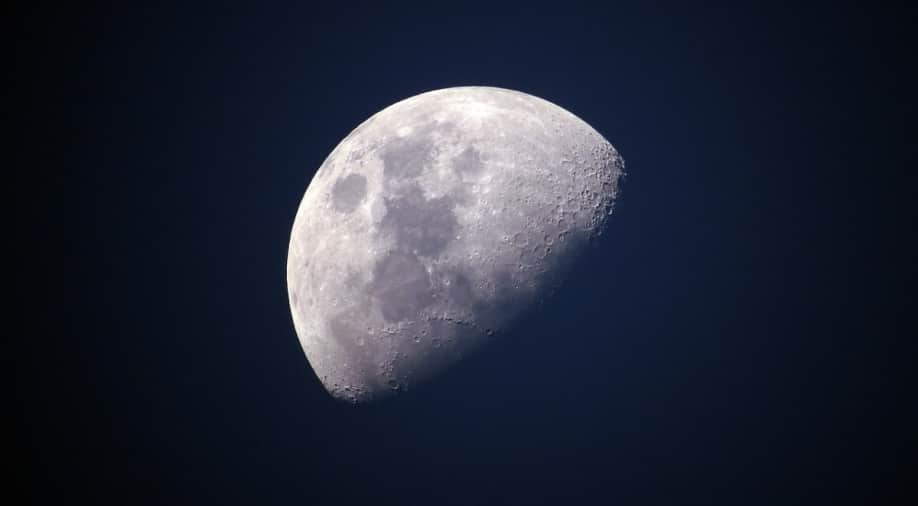Moon getting hydrogen from Solar winds, reveals study of Apollo samples
Story highlights
The team concentrated on grains of minerals such as apatite and merrillite, identifying signs of 'space' weathering caused by the solar wind. The solar wind is a stream of charged particles emanating from the Sun at speeds of up to 1.6 million km per hour.
A recent study conducted by researchers at the US Naval Research Laboratory (NRL) has uncovered a fascinating aspect of the Moon's composition. The study, centered on lunar rocks brought back by the Apollo program, has revealed the presence of hydrogen within these rocks.
This hydrogen, when combined with lunar oxygen, holds the potential to serve as a valuable resource for future lunar explorations.
The Apollo program, which returned with a total of 382 kilograms of lunar rock, provided a substantial amount of material for scientific analysis. Some of these samples were promptly examined, while others were securely stored for later research.
trending now
Led by Katherine D. Burgess, along with team members Brittany A. Cymes and Rhonda M. Stroud, the NRL research team studied lunar rock to unravel the origins and formation of water on the Moon.
This knowledge is crucial for the prospect of sustained lunar exploration, especially for the establishment of lunar bases, which would benefit from using local resources available on the moon.
Transmission electron microscopy played a key role in this investigation, focusing on lunar sample 79221. In this technique, a beam of electrons visualised specimens at a highly magnified scale.
The team concentrated on grains of minerals such as apatite and merrillite, identifying signs of 'space' weathering caused by the solar wind. The solar wind is a stream of charged particles emanating from the Sun at speeds of up to 1.6 million km per hour.
The researchers discovered hydrogen signatures within vesicles, small cavities formed as lava cools.
Watch | Christmas festivities around the world
This groundbreaking finding indicated that detectable amounts of solar wind are being trapped, potentially creating a reservoir that could be harnessed by future lunar explorers.
(With inputs from agencies)

















